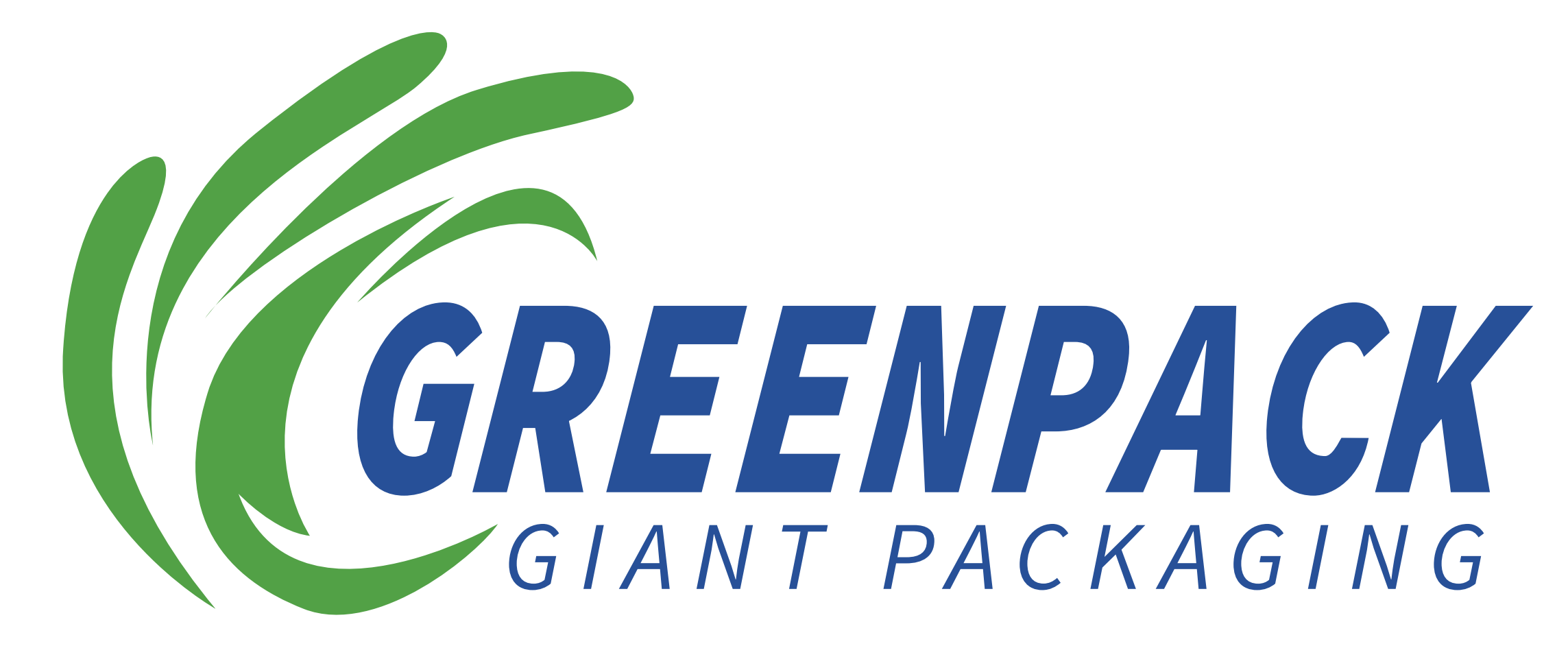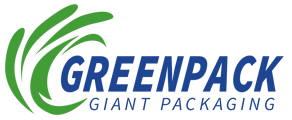Material Selection: Balancing Quality and Cost in Kraft Stand Up Pouches
Optimizing Material Thickness and Weight (GSM) for Cost Efficiency
The cost of kraft stand up pouches really depends on how much material goes into them, which is measured in grams per square meter or GSM for short. Most companies find that around 120 to 180 GSM works well enough for their dry goods needs without breaking the bank. But there's another option worth considering too. Lighter weight materials ranging from 90 to 110 GSM can actually cut down on material costs by roughly 15 to maybe even 22 percent when dealing with products that aren't easily damaged. What do the pros say? Many packaging engineers suggest running some stress tests on sample pouches before finalizing specifications. This helps figure out what's the lightest possible GSM that still holds up under normal conditions, saving money without compromising quality or creating unnecessary waste in production.
Choosing Between Virgin and Recycled Kraft Materials: Cost vs. Sustainability
Kraft paper made from recycled materials typically costs around 8 to 12 percent less than new stock, though it needs careful monitoring during production to ensure it doesn't lose its strength when torn. According to recent industry reports, roughly three out of four manufacturers are mixing between 30 and 40 percent recycled content with fresh pulp these days. They do this mainly to get their products certified by the Forest Stewardship Council while still making sure packages can hold up against spills and damage. The combination works well because consumers want greener options but companies also need to watch their bottom line on raw materials expenses.
Impact of Kraft Paper Quality on Durability and Overall Pricing
Kraft paper rated at over 40% tensile strength can handle roughly three times as much wear and tear compared to cheaper alternatives, which means fewer replacements when used repeatedly. Sure, going for those higher quality fibers adds around two to four cents extra per unit, but it's money well spent when making packages that touch food products directly. When looking at items that aren't so delicate though, think dog biscuits or similar snacks, regular grade paper still works just fine without breaking the bank too badly. Most businesses find this approach strikes a good balance between what they need and what they can afford.
Balancing Production Cost with Performance Requirements
When companies over specify materials they end up wasting between $18 and $27 for every 1,000 pouches produced. A real world example comes from a coffee brand that managed to slash costs by 14 percent simply by changing from triple layer 200 GSM packaging to double layer 160 GSM kraft. They kept the same oxygen barrier performance (less than 0.5 cc/m²/day) but got rid of extra moisture protection that wasn't needed anyway. Before making any switch like this though, it's smart practice to run ASTM F88 seal strength tests. These tests help confirm that whatever new material is selected still meets all the necessary performance criteria without compromising quality or shelf life.
Barrier Layer Options and Lamination Costs in Kraft Pouch Production
Comparing Barrier Materials (AL, VMPET, PET, PE): Performance and Price
When it comes to protecting against oxygen and moisture, aluminum foil definitely stands out from the crowd. However, this comes at a price premium of around 30 to 45 percent when compared with metallized PET (VMPET). On the other hand, polyethylene (PE) layers are much cheaper for heat sealing purposes, typically ranging between $0.12 and $0.18 per square meter, although their ability to block contaminants is quite limited. A recent report from the Flexible Packaging Association in 2024 showed that PET/AL/PE laminates manage an impressive oxygen transmission rate of just 0.02 cc per square meter per day, which makes them great for packaging coffee products. The downside? These materials end up costing about 22% more than the alternative VMPET/PE combinations available on the market today.
Multi-Layer Lamination Structures and Their Effect on Manufacturing Costs
When looking at what drives up lamination costs, there are basically three main things to consider first. Number of layers matters quite a bit, usually ranging from 2 to around 5. Then there's the choice between solvent based glues versus those that don't need solvents at all. And let's not forget about how long things take to dry or cure properly. Take for instance a standard 4 layer setup like AL/VMPET/PET/PE. This configuration actually takes about 18 percent longer than traditional 3 layer structures during manufacturing, which ends up costing roughly seven cents extra per pouch just in energy alone. Good news though! Recent improvements in co extrusion tech mean manufacturers can create much thinner protective barriers while still maintaining the same level of product safety. These advancements have made it possible to reduce material usage without compromising quality standards.
Moisture and Oxygen Barrier Trade Offs: Maximizing Protection, Minimizing Cost
Products prone to moisture absorption, such as protein powders, typically require aluminum layers to keep ingress below 0.5%. In contrast, roasted nuts can use VMPET barriers effectively. Oxygen-sensitive items like vitamins or pharmaceuticals need AL barriers with permeability below 0.1%, which adds $0.21- $0.35 per pouch compared to standard PE options.
Case Study: Reducing Lamination Complexity to Cut Production Costs by 18%
One pet food company recently made some changes to how they package their products. They took their standard kraft pouches which had five layers PET/AL/NY/PE/PE and switched to just three layers VMPET/PET/PE following some accelerated shelf life tests. This switch cut down on material expenses quite a bit; around 22% actually. Plus there were fewer issues during production about 14% less defects overall. And interestingly enough, it also shaved off about 31 kilowatt hours for every thousand pouches produced. Even though the packaging now has fewer layers, it still holds up pretty well maintaining nearly all 98% of what the original provided in terms of protection against spoilage. The product will last on store shelves for those crucial 18 months as required too.
Customization, MOQs, and Economies of Scale in Sourcing
OEM/ODM Customization: Understanding Cost Drivers and Minimum Order Quantities
When companies want custom features like special printing plates or those fancy coatings, they usually end up needing to order 40 to 60 percent more than what's needed for regular stock designs. Most suppliers ask for at least 25 thousand units when someone wants completely customized pouches because they need to recoup the tooling expenses which typically run between twelve and eighteen grand per design. There's another option though: semi-custom stuff where businesses stick with standard sizes but add their own branding graphics. This approach brings down the minimum orders to around ten thousand units while still keeping about 85 percent of that brand visibility effect. Many companies find this middle ground works best for them without breaking the bank too badly.
Bulk Purchasing Strategies and Cost Savings Through Economies of Scale
Higher order volumes yield significant per-unit savings:
| Order Quantity | Price Per Unit Reduction |
|---|---|
| 10,000 | 8-12% |
| 50,000 | 18-22% |
| 100,000+ | 25-30% |
Brands can reach higher pricing tiers by consolidating orders across product lines, avoiding overstocking individual SKUs. This strategy also reduces logistics costs by 15% through full container load optimization.
Standardized vs. Highly Customized Designs: Cost Implications and Flexibility
Going with standard pouch setups can cut down on manufacturing expenses by around 30 to maybe even 35 percent when compared to those fancy custom made options. These regular pouches work great for pretty much all kinds of dry goods too. Brands love strategic printing techniques because they get about 9 out of 10 times the visual appeal on store shelves without having to mess with the actual structure of the package. And let's face it nobody wants to pay extra bucks for special tooling that adds between two cents to five cents per item just to get something unique looking. The real advantage here is that companies can roll out new products in these standard packages first, see how customers react in the marketplace, then decide if investing in fully customized packaging makes sense later on.
Supply Chain Optimization for Lower Logistics and Lead Time Costs
Strategic supply chain optimization can reduce operational costs by 15-22% and improve lead time reliability for kraft stand up pouch manufacturers. Integrating warehousing and transportation with vetted suppliers has been shown to cut fulfillment errors by 38% and fuel costs by 12%.
Integrating Logistics With Reliable Suppliers to Reduce Operational Costs
Consolidating shipments via shared truckload routes lowers per-unit freight costs by 17-25%. Manufacturers adopting blockchain-enabled tracking systems report 8% annual savings by minimizing delays in raw material deliveries- critical for maintaining production schedules for heat-sealable kraft pouches.
Building Strategic Supplier Partnerships to Shorten Lead Times
Proactive alliances with suppliers shorten lead times by 20-30% through synchronized planning. A 2023 industry case study found that weekly performance reviews with material suppliers reduced late deliveries from 14% to 3% within six months, enabling just-in-time pouch assembly.
Nearshoring vs. Offshoring: Trends in Sourcing Kraft Stand Up Pouches
Forty-two percent of U.S. brands now favor regional suppliers for kraft pouch materials, cutting average ocean freight lead times from 45 to 12 days. This shift reduces exposure to port congestion while preserving a 6-8% cost advantage over fully domestic sourcing models.
Leveraging Sustainable Packaging Trends for Long Term Cost Savings
Consumer Demand for Eco-Friendly Kraft Stand Up Pouches and Market Advantage
Consumer preference for sustainable packaging presents a strategic opportunity. A 2023 McKinsey study shows 64% of consumers actively seek environmentally responsible packaging, with 72% willing to pay more for certified compostable or recyclable options. Early adopters of recyclable kraft pouches have seen 12-18% market share growth in food and pet care categories.
Environmental Benefits of Kraft Pouches Over Rigid Packaging
Kraft stand up pouches outperform rigid packaging in sustainability:
- 38% less material used per unit (Flexible Packaging Association 2023)
- 40% reduction in transportation emissions due to lighter weight (Logistics Management Institute 2022)
- Fully biodegradable in certified industrial composting facilities
These benefits support global waste reduction goals and help lower extended producer responsibility fees by decreasing post-consumer waste.
Flexible Packaging as a Sustainable and Cost Efficient Alternative
Modern kraft pouch designs achieve cost parity with traditional packaging through:
- Material optimization: Advanced die-cutting reduces kraft paper waste by 23%
- Hybrid barrier systems: Water-based coatings combined with thin polymer layers cut lamination costs by 17%
- Life-cycle cost savings: 28% lower total ownership costs over five years compared to glass containers
Resolving the Paradox: Premium Perception vs. Cost Control in Green Packaging
Strategic sourcing mitigates the perceived cost premium of sustainable kraft packaging. Bulk purchasing of FSC-certified kraft paper can reduce material costs by 14-22%, while modular design systems enable reuse of 85% of components across product lines. Leading manufacturers achieve a 12-month ROI through combined material savings and sustainability driven sales growth.


